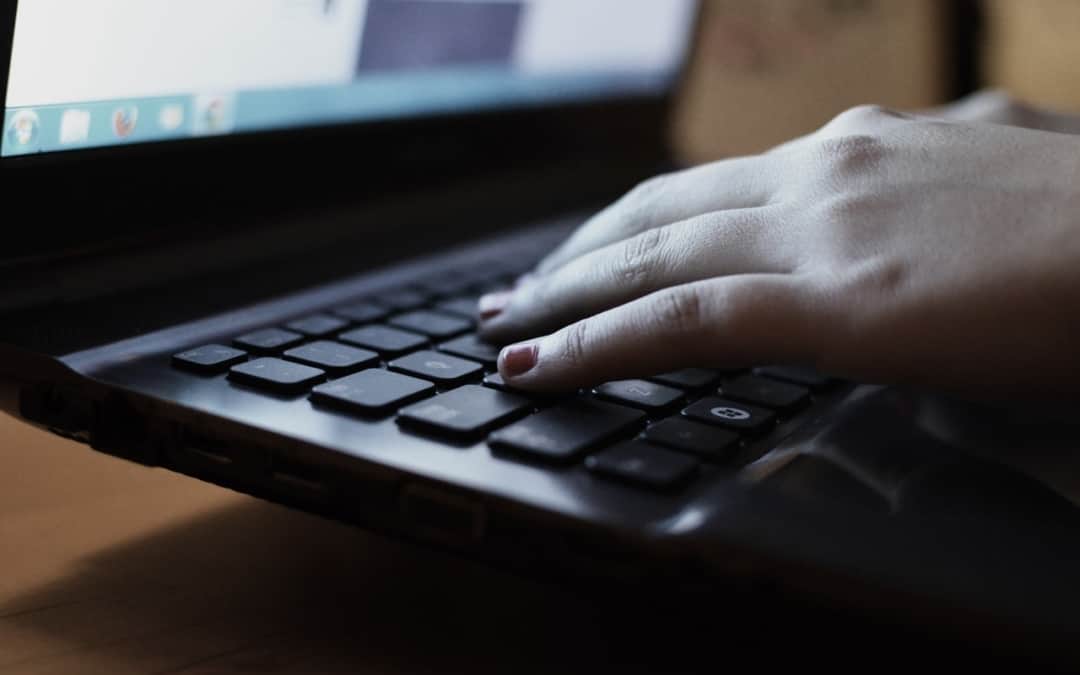I’m always hesitant to spend too much time on a computer when I’m engaging in Windows virus troubleshooting.
The better practice is to wipe your hard drive and reload your OS if your machine exhibits symptoms of a virus. However, If you wish to tackle the virus or other malware these general tips should remove most baddies.
- Click Start and type
msconfig. - Under the Startup tab, check the list for strange processes, such as strange words or a series of numbers (like superprogram.exe or 12345.exe). Uncheck these so they do not start when Windows starts.
- Run ComboFix. You may need to run CF in safe mode.
- Install and update Malwarebytes from the definitions file. You may need to install or run MBAM in safe mode.
- Install and update Spybot from the definitions file. You may need to install or run Spybot in safe mode. Just a scan is fine.
- Run FixIEDef, CWShredder, and AIMFix.
- Run HijackThis. Remove all no-name BHOs and other no-name objects.
Note: Many anti-viruses have a recovery disc or some type of option to run a scan prior to loading Windows. Feel free to run this scan after the above steps. Additionally, if Windows is exhibiting weird errors, you can also repair the Windows installation by booting to the recovery environment (‘F8’ on Vista and above) or by using MS DART (ERD Commander).
Another Note: Live recovery USBs are amazing. I have way too much fun finding ways to include a virtual garage on a stick (instead of toolbox, haha). Before USB bootloaders and installer packages became popular, ahem – YUMI Multiboot USB Creator, I used to customize my own menus and packages. Good times.
That’s it for this installment of Windows virus troubleshooting. What tips or programs do you like to use?







